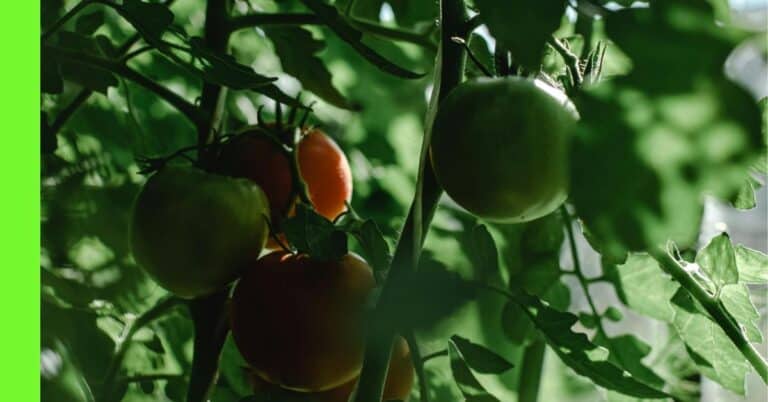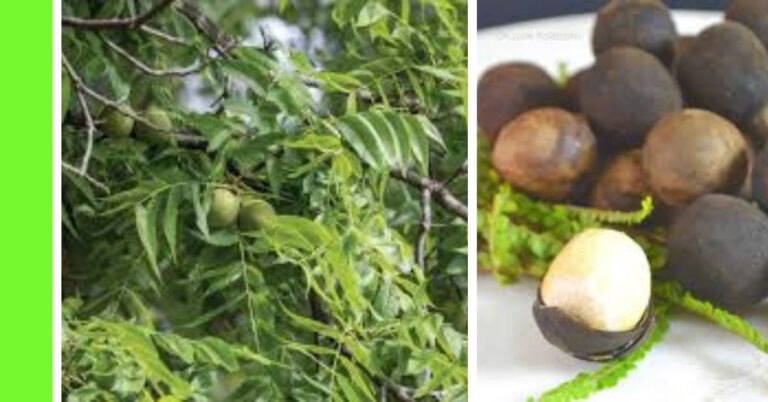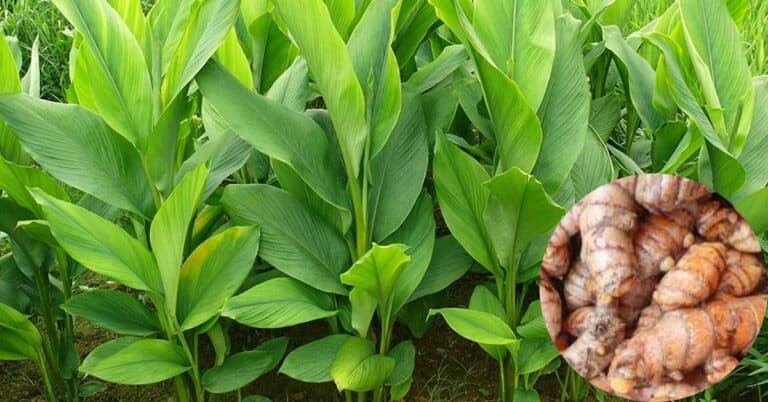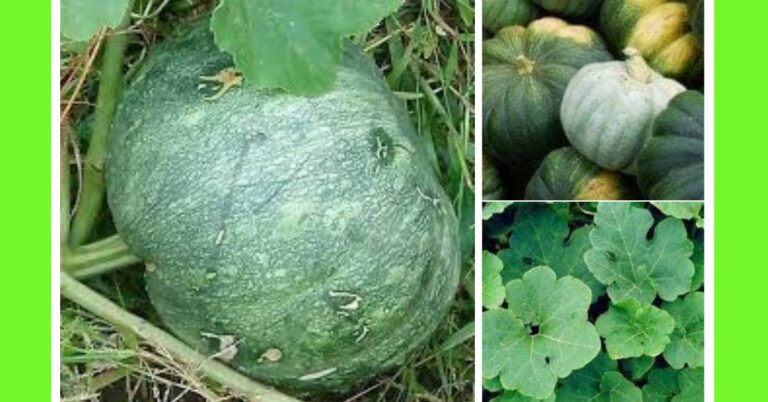How To Plant Lettuce In Nigeria: Step-by-step Guide
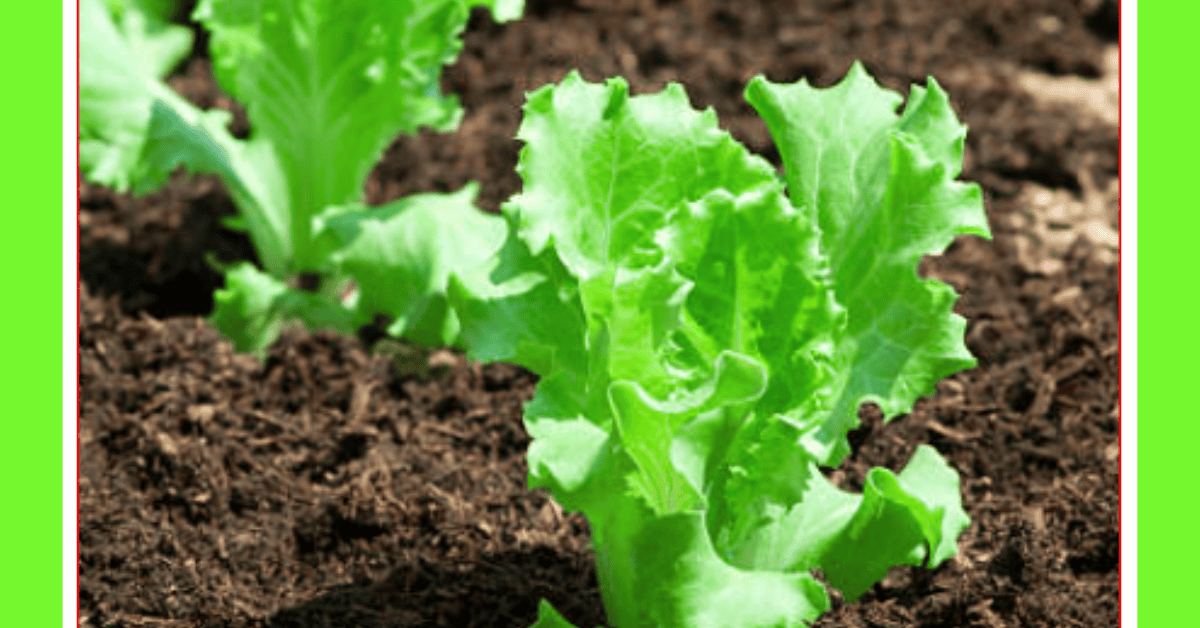
Lettuce is a leafy green vegetable that grows well in Nigeria’s climate, especially when planted during the cooler seasons.
It’s a great crop for farmers and home gardeners alike, given its fast-growing nature and relatively simple cultivation process.
This guide covers everything you need to know, from choosing a location to pest control and harvesting, to achieve a bountiful lettuce yield.
Description of a Lettuce Plant
Lettuce (Lactuca sativa) is a leafy vegetable popular for its crisp texture and mild flavour.
Lettuce leaves come in different shapes and colours, including light to dark green and even red.
Generally, the plant has a short stem and forms a rosette of leaves.
The most common varieties in Nigeria include loose-leaf, Romaine, and butterhead, which all grow best in cooler temperatures and under moderate sunlight.
Planting Season for Lettuce in Nigeria
Lettuce is a cool-season crop, which means it grows best during Nigeria’s dry season, typically between November and February.
During this period, the temperatures are more favourable for lettuce, as extreme heat can cause the plants to bolt, or go to seed prematurely.
However, in regions with consistently mild temperatures, it is possible to plant lettuce year-round.
Planting Lettuce
Step 1: Choose a Location
Select a location that receives adequate sunlight but has partial shade during the hottest parts of the day.
Lettuce needs around 4-6 hours of sunlight daily, but too much heat can lead to bolting.
The location should have well-draining soil to prevent waterlogging, which can damage lettuce roots.
Step 2: Land Clearing and Preparation
Prepare the land by removing any weeds, rocks, or debris.
Loosen the soil to a depth of about 15-20 cm, as lettuce roots do not grow very deep.
Adding organic matter such as compost can improve soil fertility and drainage.
Aim for soil with a pH between 6.0 and 7.0, as this range is optimal for lettuce growth.
Step 3: Means of Propagation
Lettuce is commonly propagated through seeds, which are easy to handle and have a high germination rate.
Seed propagation allows for better control over spacing and is the most efficient way to grow lettuce on a larger scale.
Step 4: How to Plant Lettuce from Seed
- Direct Seeding: Sow lettuce seeds directly in the prepared bed. Plant the seeds about 6-8 inches apart in rows, covering them lightly with soil.
- Transplanting: For better control, start seeds in nursery trays and transplant them after 2-3 weeks. When transplanting, ensure that the seedlings are spaced at least 6 inches apart to allow each plant enough room to grow.
Step 5: Watering
Lettuce requires consistent moisture to thrive, especially during the dry season.
Water the plants regularly, aiming to keep the soil consistently moist but not waterlogged. In particularly hot weather, you may need to water twice a day, morning and evening.
Using a drip irrigation system can help deliver moisture evenly and prevent leaf wetness, which can lead to diseases.
Step 6: Apply Manure
Adding organic manure, such as compost or well-rotted animal manure, helps improve soil structure and provides nutrients for the growing plants.
Apply manure before planting and continue adding small amounts as a side dressing every 2-3 weeks during the growing period.
Avoid excessive nitrogen fertilizer, as it can cause the leaves to become too soft and susceptible to pests.
Maturity and Harvest
Lettuce typically reaches maturity between 6-8 weeks after planting, depending on the variety.
Harvesting can be done once the leaves are full-grown but still tender.
For loose-leaf varieties, you can pick individual leaves as needed, leaving the plant to continue producing.
For head lettuce, harvest the whole plant by cutting at the base.
To maintain quality, harvest early in the morning when the plants are crisp and hydrated.
Pests and Diseases
Lettuce plants are vulnerable to several pests and diseases, especially in humid environments. Common pests include:
- Aphids: Tiny insects that suck sap from leaves, causing them to curl.
- Cutworms: They chew through the base of young plants.
- Leafminers: These pests create winding trails on leaves, affecting photosynthesis.
Diseases that affect lettuce include:
- Downy Mildew: A fungal disease that causes yellowish spots on leaves, leading to rot.
- Leaf Spot: Dark, round spots that develop on leaves and spread quickly.
- Lettuce Mosaic Virus: Causes leaves to curl, distort, and sometimes display yellowing.
Pest and Disease Control
To manage pests and diseases:
- Use Natural Remedies: Spray insecticidal soap to control aphids and leafminers.
- Implement Crop Rotation: Avoid planting lettuce or related crops in the same spot each season to prevent disease buildup.
- Practice Good Hygiene: Clear out plant debris after harvest, as pests and diseases can linger in decaying matter.
- Water Properly: Use drip irrigation or water at the base to prevent wet leaves, which attract mildew.
- Apply Organic Pesticides: Neem oil or garlic spray can repel many common pests effectively.
How Many Lettuce Plants Can I Grow on a Plot of Land, and What Quantity of Lettuce Can I Harvest?
On a standard plot of land (approximately 1000 square meters), you can plant between 15,000 and 20,000 lettuce plants, depending on spacing.
With optimal conditions, each plant can yield a full head or a substantial amount of loose leaves.
On average, a single lettuce plant weighs about 150-300 grams at maturity.
Therefore, on one plot, you could expect a yield of roughly 2.25 to 6 tons, provided the plants are healthy and well-maintained.
With these guidelines, you’re equipped to cultivate and maintain a thriving lettuce garden in Nigeria.
Follow the steps carefully, and manage pests proactively, and you’ll enjoy fresh, homegrown lettuce throughout the season.
I hope this article was helpful.
Is there any crop you want to grow and can’t find in our How to Grow category?
Let us know; leave a note in the comment box below.



